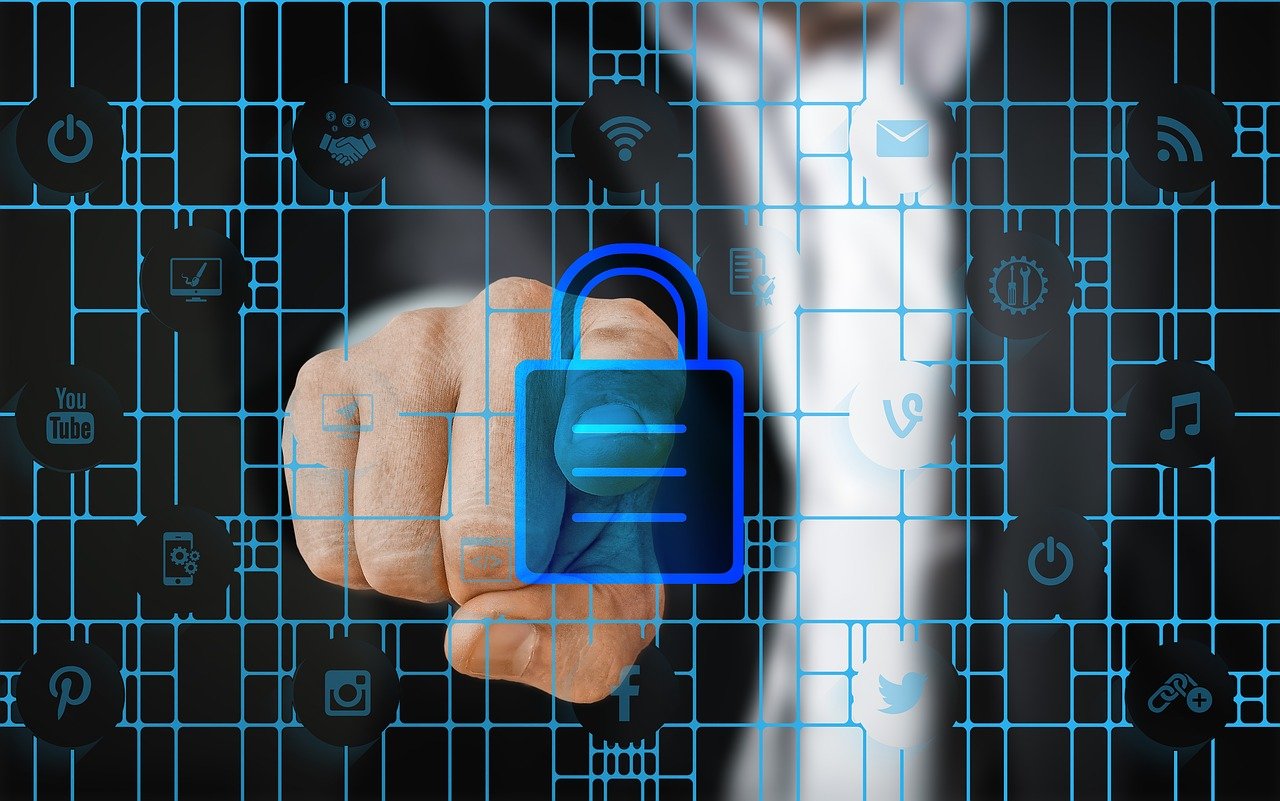Veteran Windows users remember when the OS had no effective built-in protection. Nowadays, Windows Defender can protect your device from most malware.
However, a lot of your cyber safety depends on your online activities and how you handle your data. On top of that, malware of all kinds still gets spread today, and credential theft is still a burning issue.
Keep reading to find out the biggest Windows security threats and how you can mitigate them.
Biggest Security Threats for Windows
Ransomware
As encryption evolved and became globally available, ransomware began its uprise. Ransomware is a type of malware that encrypts your data, leaving you with no access to it. Then, the ransomware distributor offers you the decryption key in exchange for money (ransom).
Trojans
Trojan malware (just like the Trojan horse) needs your permission to infect your system. Most of the time, a trojan virus will look like a legitimate app that you need to click on and install manually.
Once the trojan gets past your UAC, it can do all sorts of malicious things without you even knowing. It can download and install software, log your keystrokes, send your activity logs to the hacker, etc.
Phishing
As the most popular type of social engineering, phishing heavily relies on human error to work. Phishing scammers will send fake emails that look like password reset requests, free coupons, or sometimes even safety precautions.
In truth, the link only looks like it’s coming from an actual company. Any data you enter is immediately available to the scammer.
Security measures you can take to protect your Windows Device
Password etiquette
The very first step towards a safer Windows experience is to evaluate your passwords. Remember the following:
- If you use your Windows device with other people around, lock it with a password.
- The passwords you create need to be unique and complex, including special characters and numbers.
- Never reuse your old passwords, and never give your login credentials to anyone.
Windows Defender updates
The Windows Defender app has a lot of power over all sorts of cybersecurity threats. Microsoft developers regularly patch up the security holes in their OS, which is delivered through Windows updates.
By updating your device in time, you lower the risk of getting infected by the current threats that roam the digital sphere.
Encryption
To prevent hackers from intercepting your data, use encryption tools. When data is encrypted, it looks scrambled and ineligible to outsiders, and only the rightful owner of the data can access the unscrambled data. The easiest way to encrypt your data is through a VPN, but you can also boost your Windows encryption with cloud storage, which we’ll get to in the next point.
Cloud storage
Cyber protection is all about being prepared. But, if your security measures fail, you can still get back on track with a proper backup.
By using cloud storage, you’re not only backing up your important data, but you also get to access everything from any location in the world. Additionally, your data gets protected by encryption, so even if someone intercepts it, they can’t do anything with it.
Stay safe and be proactive!
Cybersecurity boils down to the actions you take before a hacking attempt happens. In the case of Windows, the integrated Windows Defender is an excellent layer of protection, but it’s not enough to fully avoid all threats on the internet.
It’s on you to stay educated and proactive. This means using cloud storage, strong and unique passwords, and a dash of common sense. Oh, and be extra careful around suspicious 3rd party app downloads as well!







